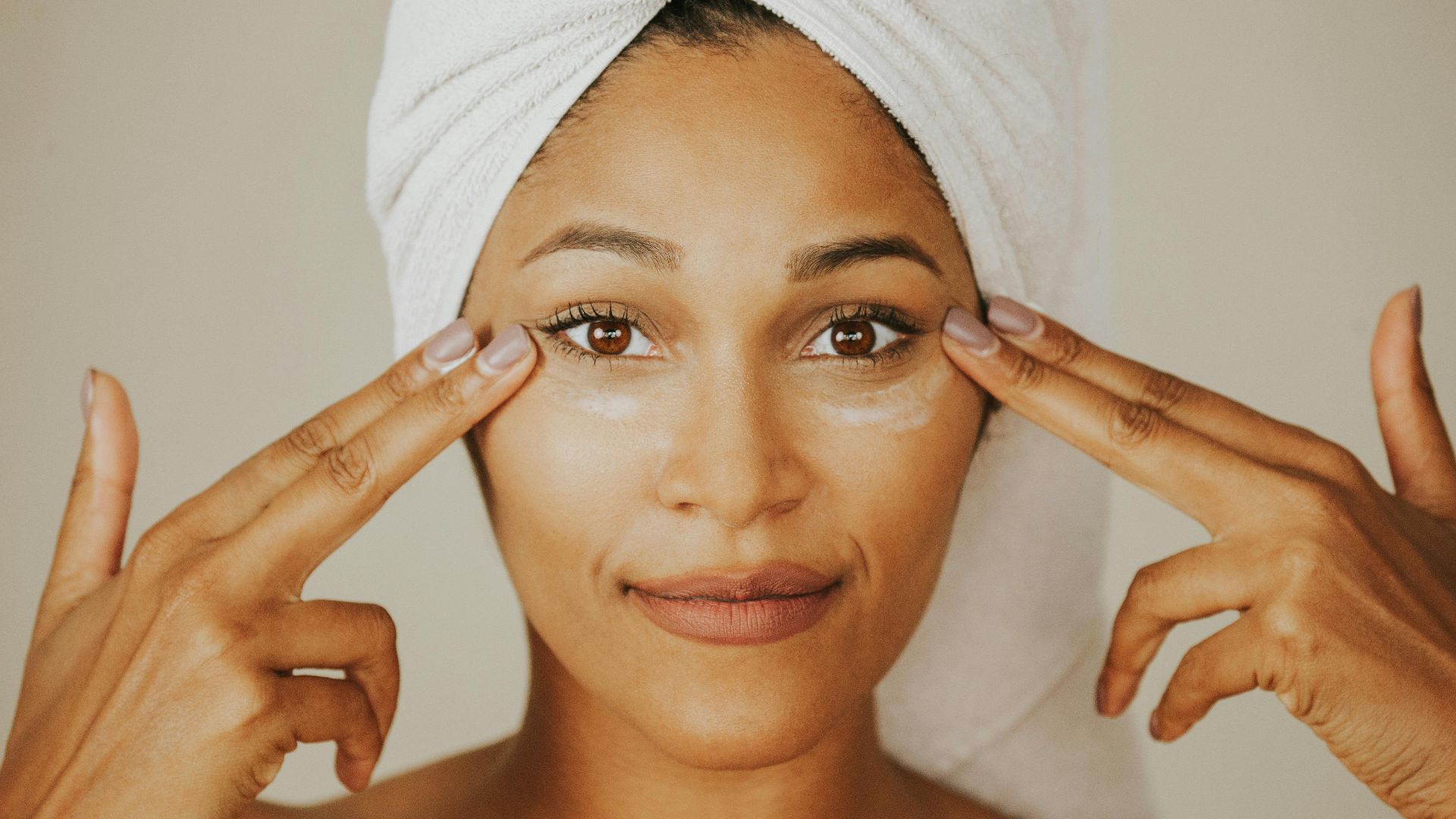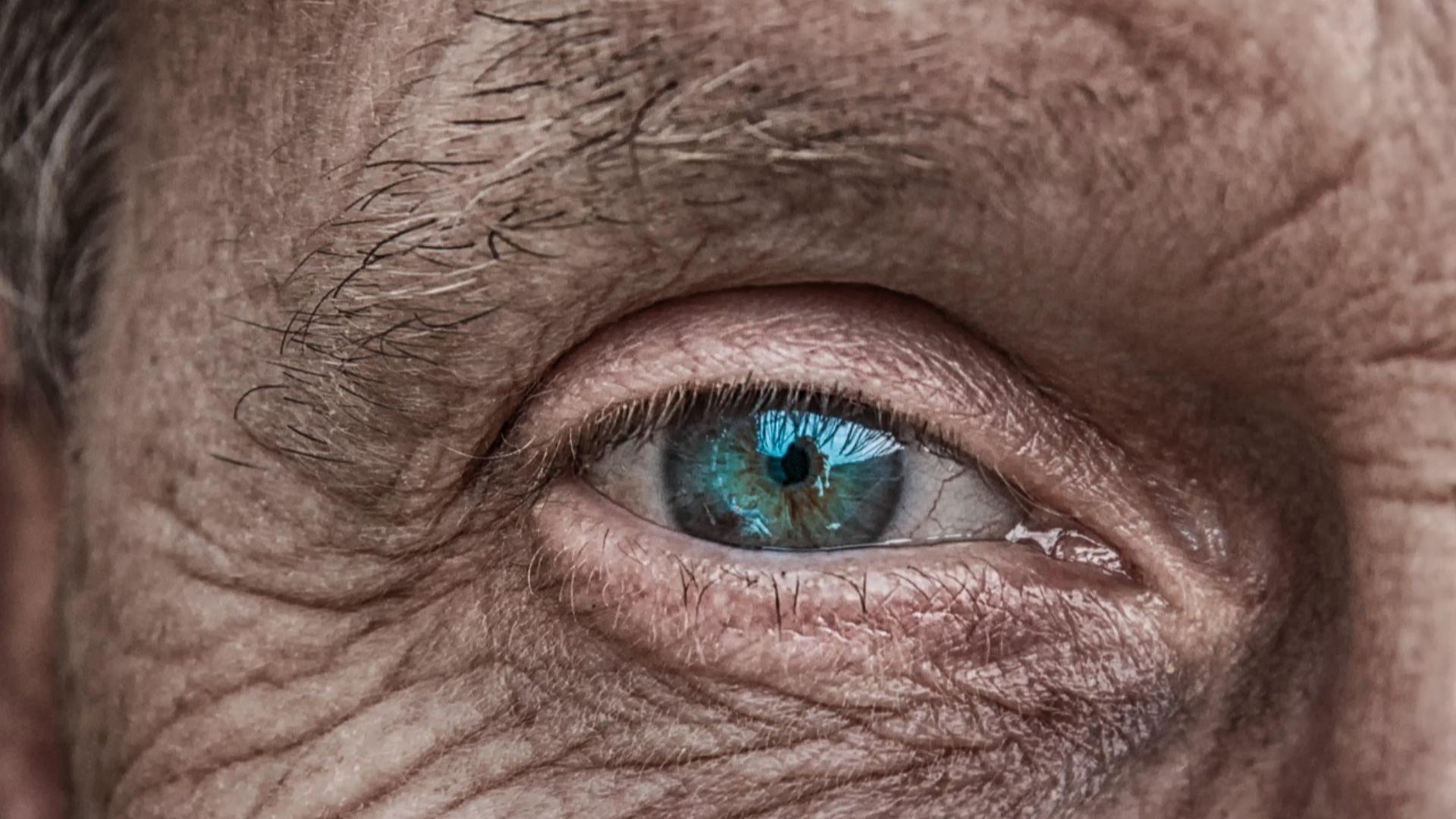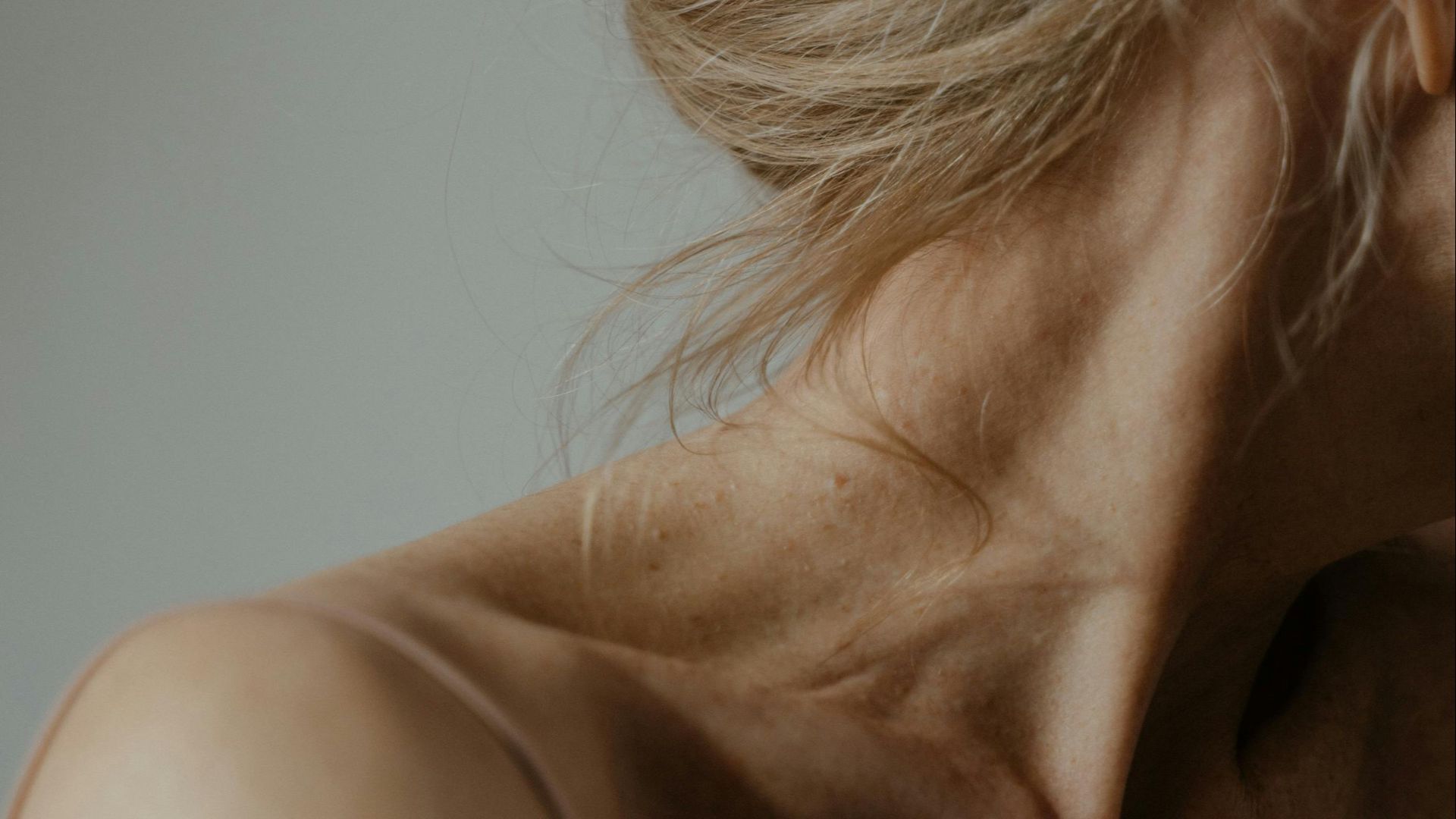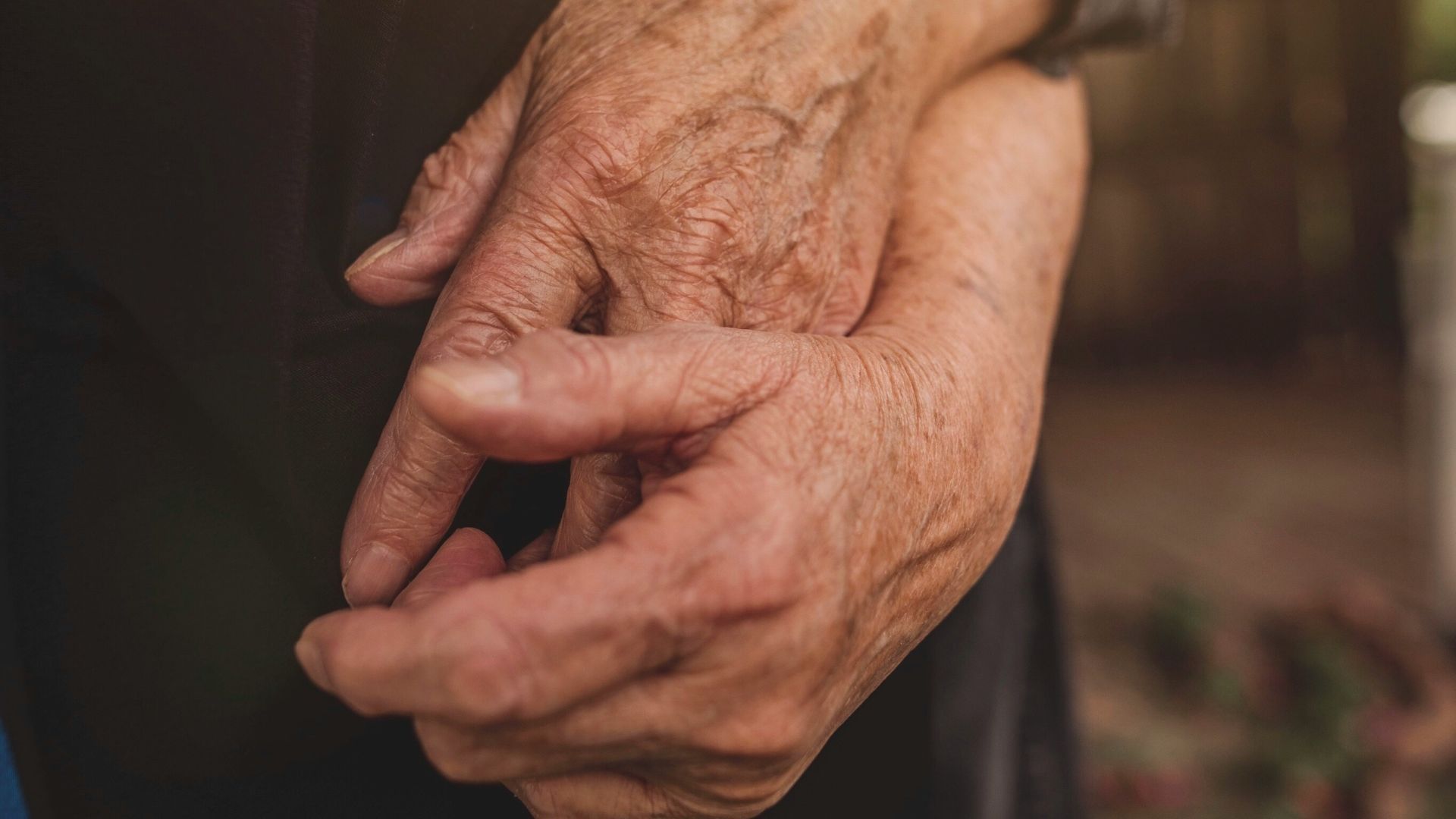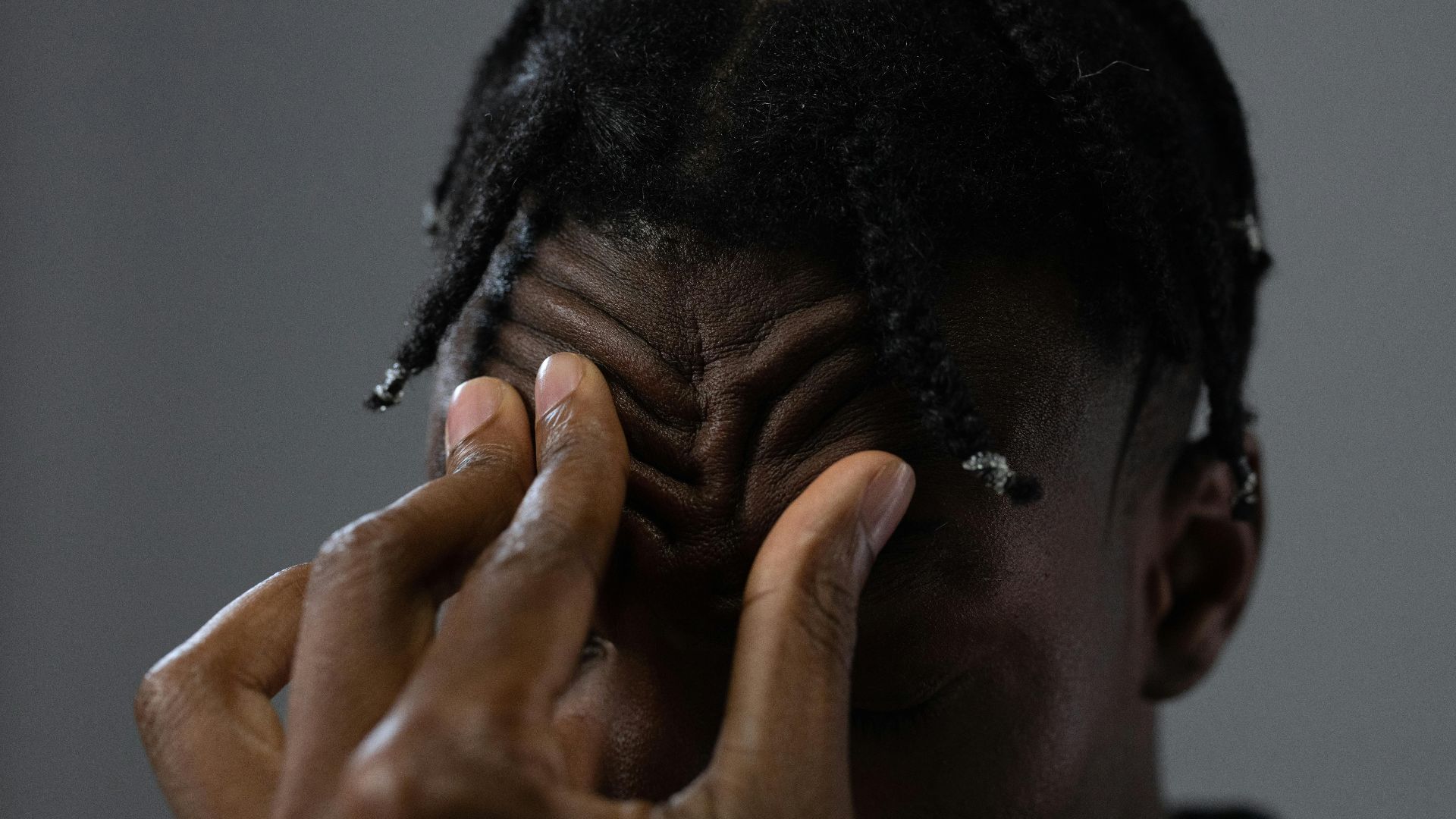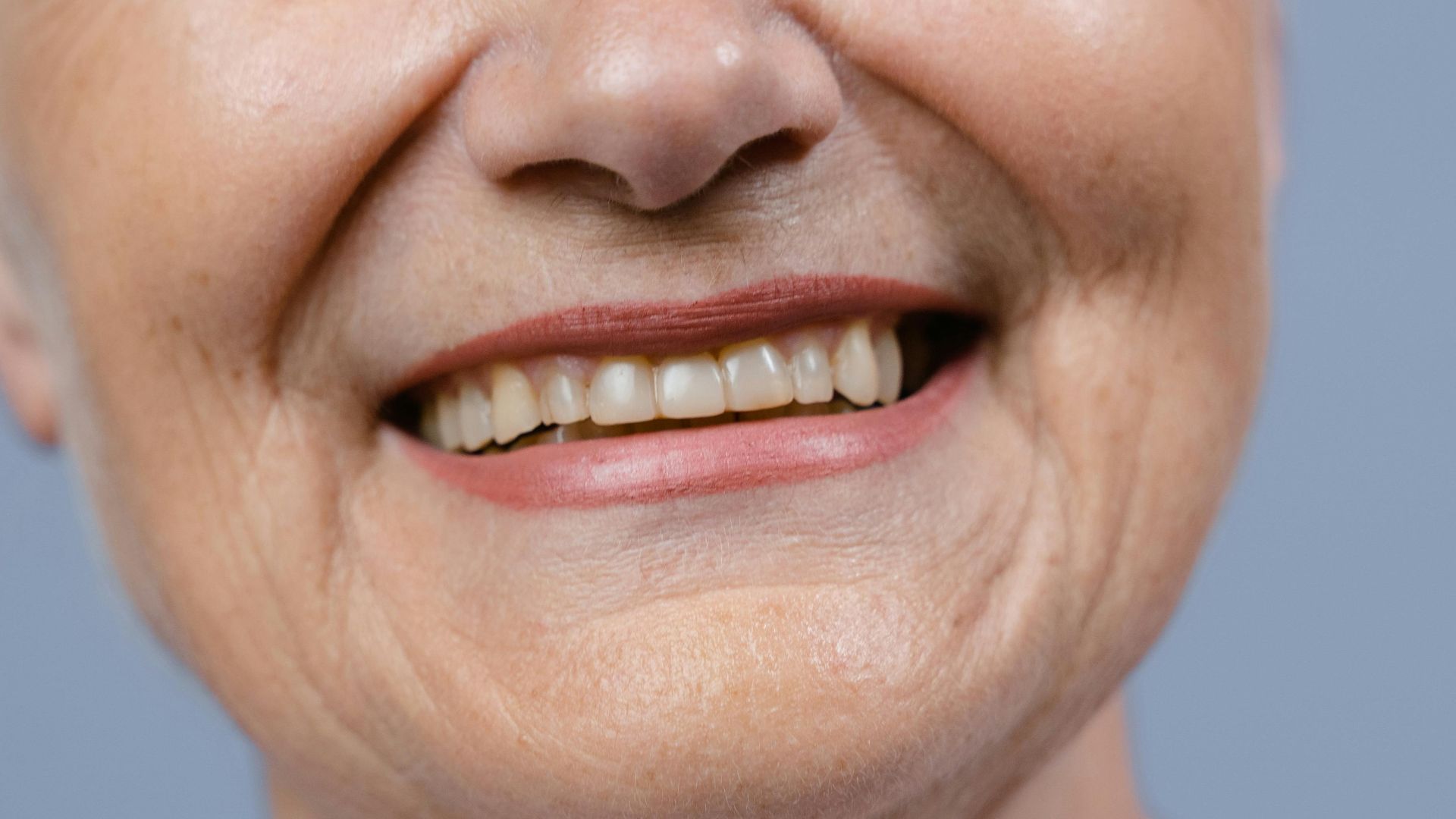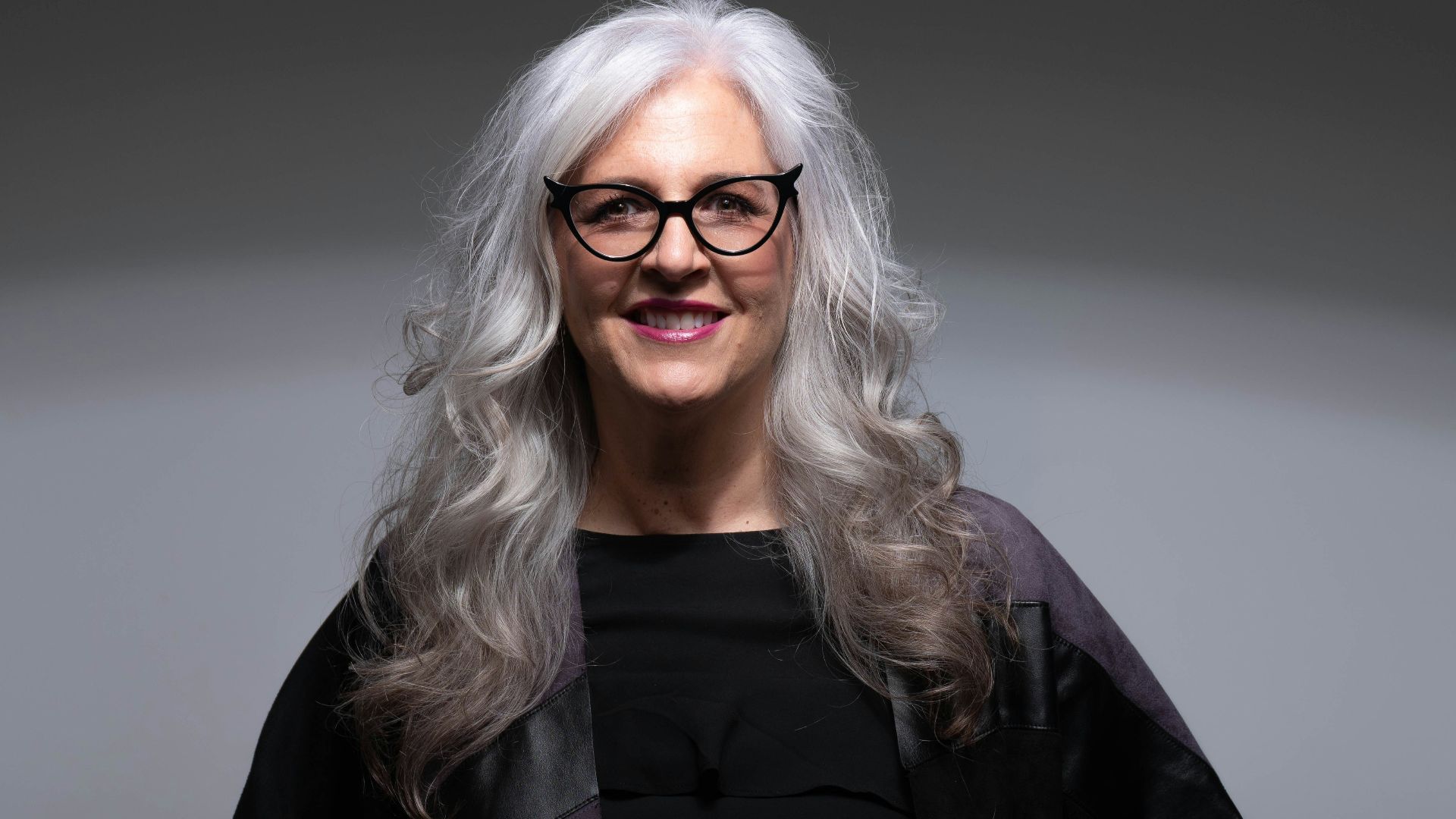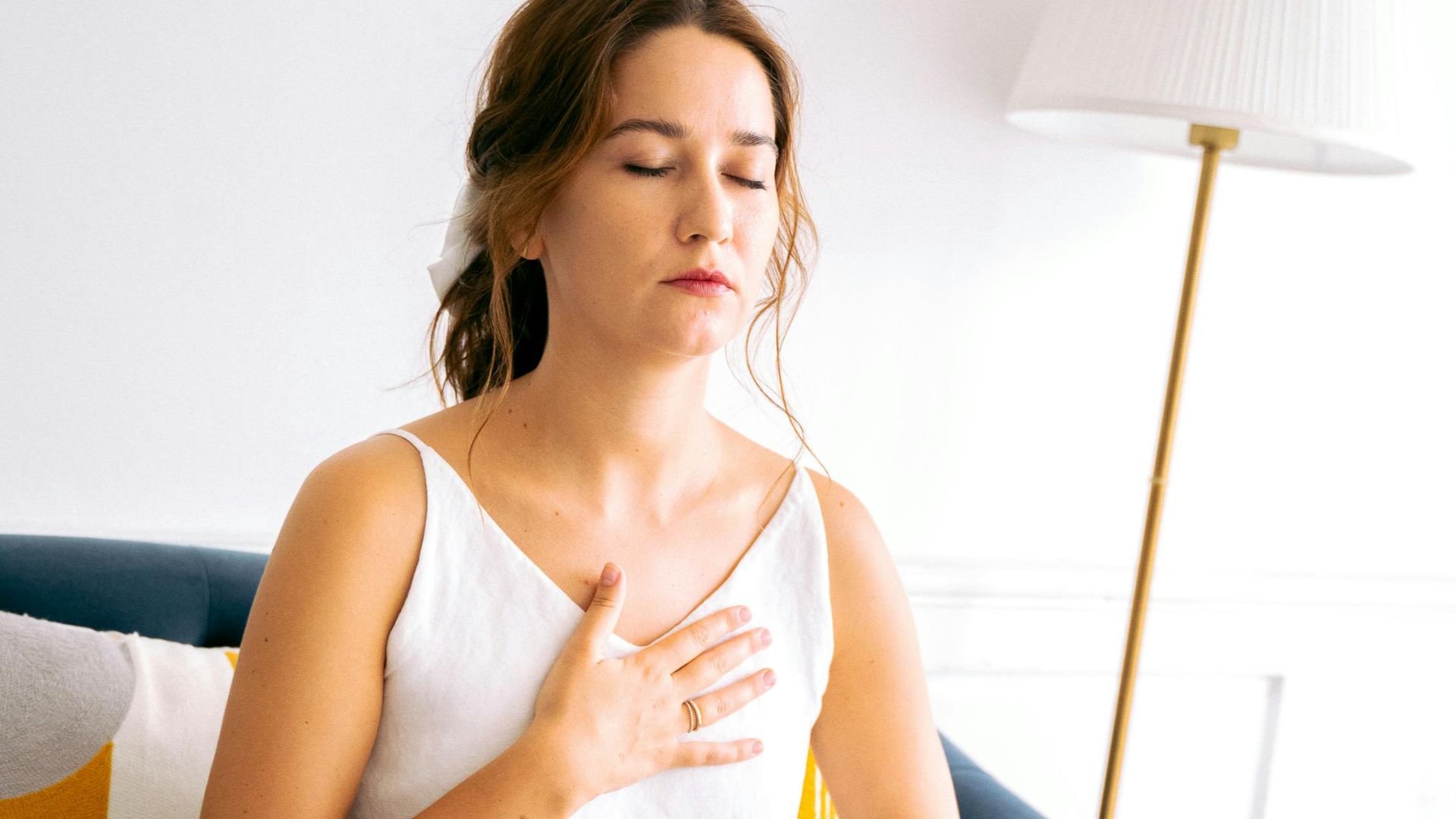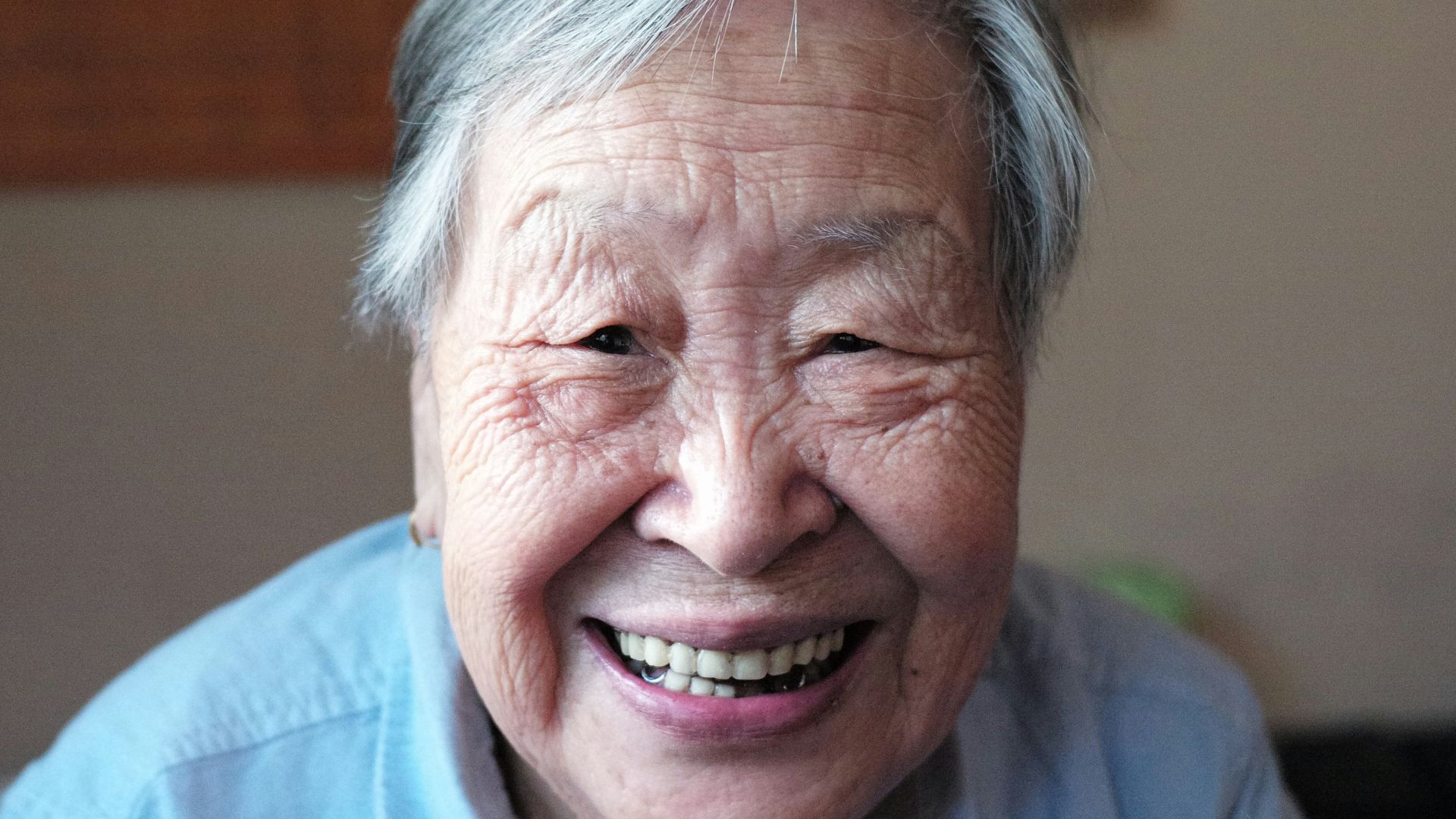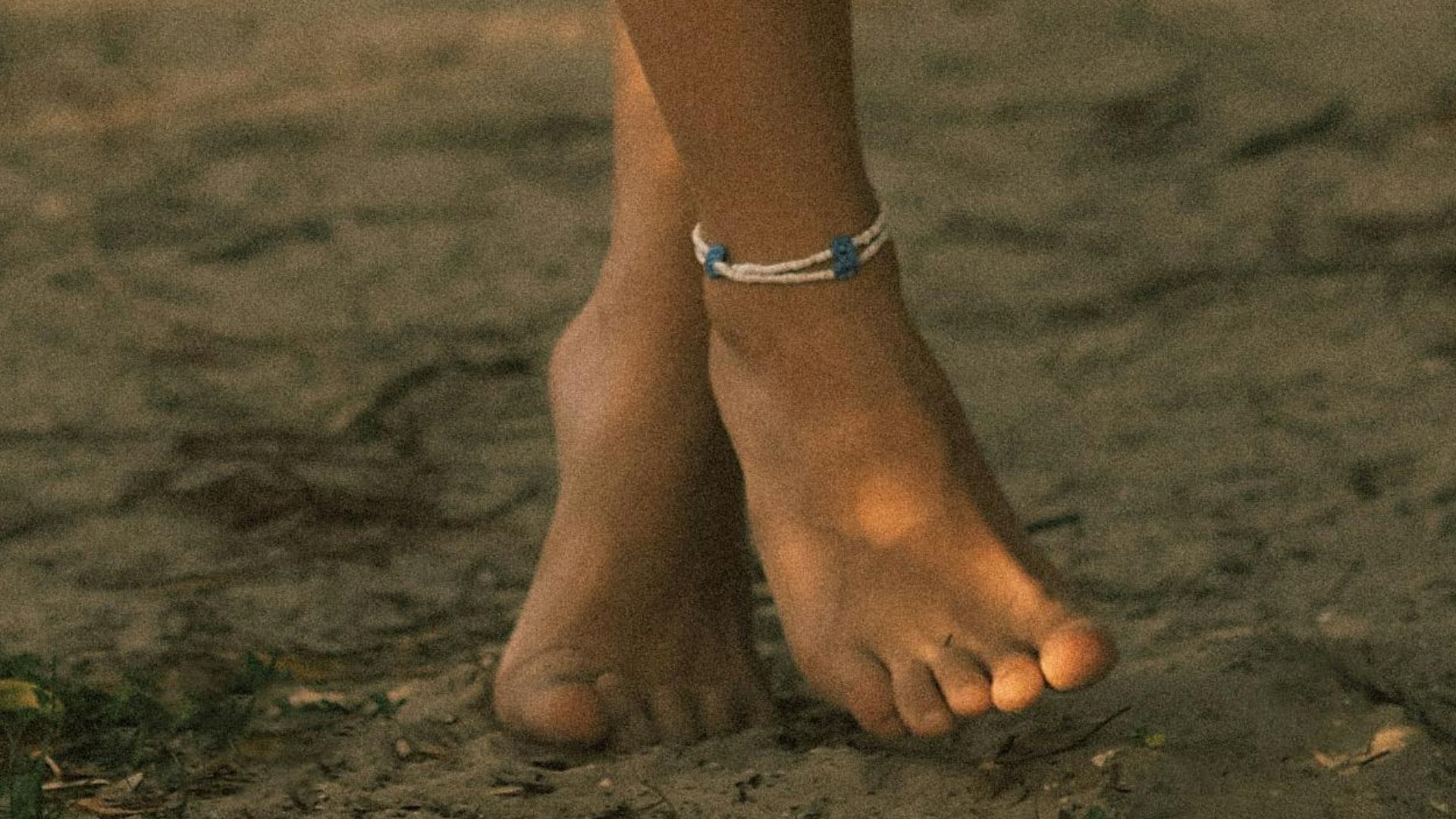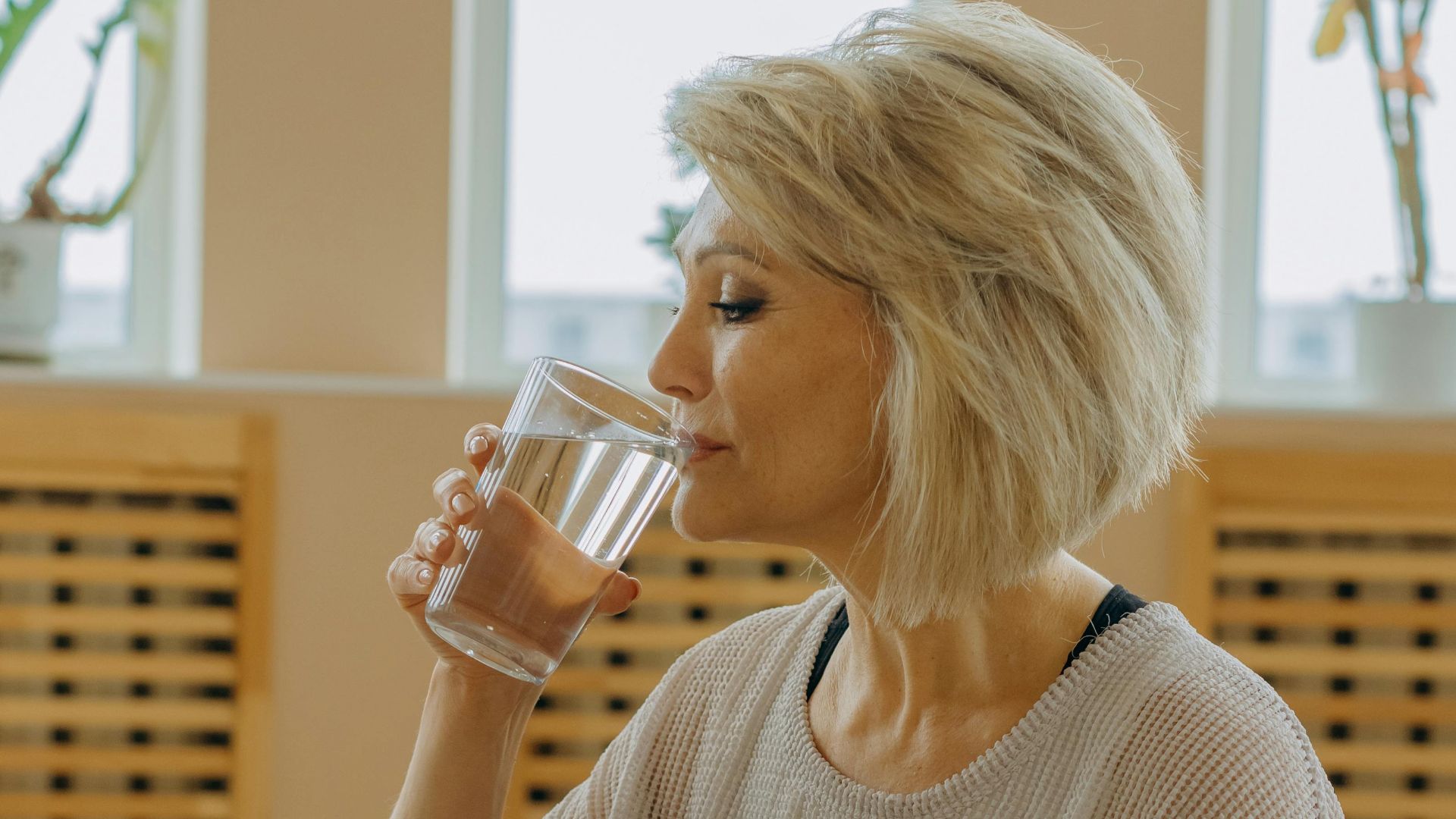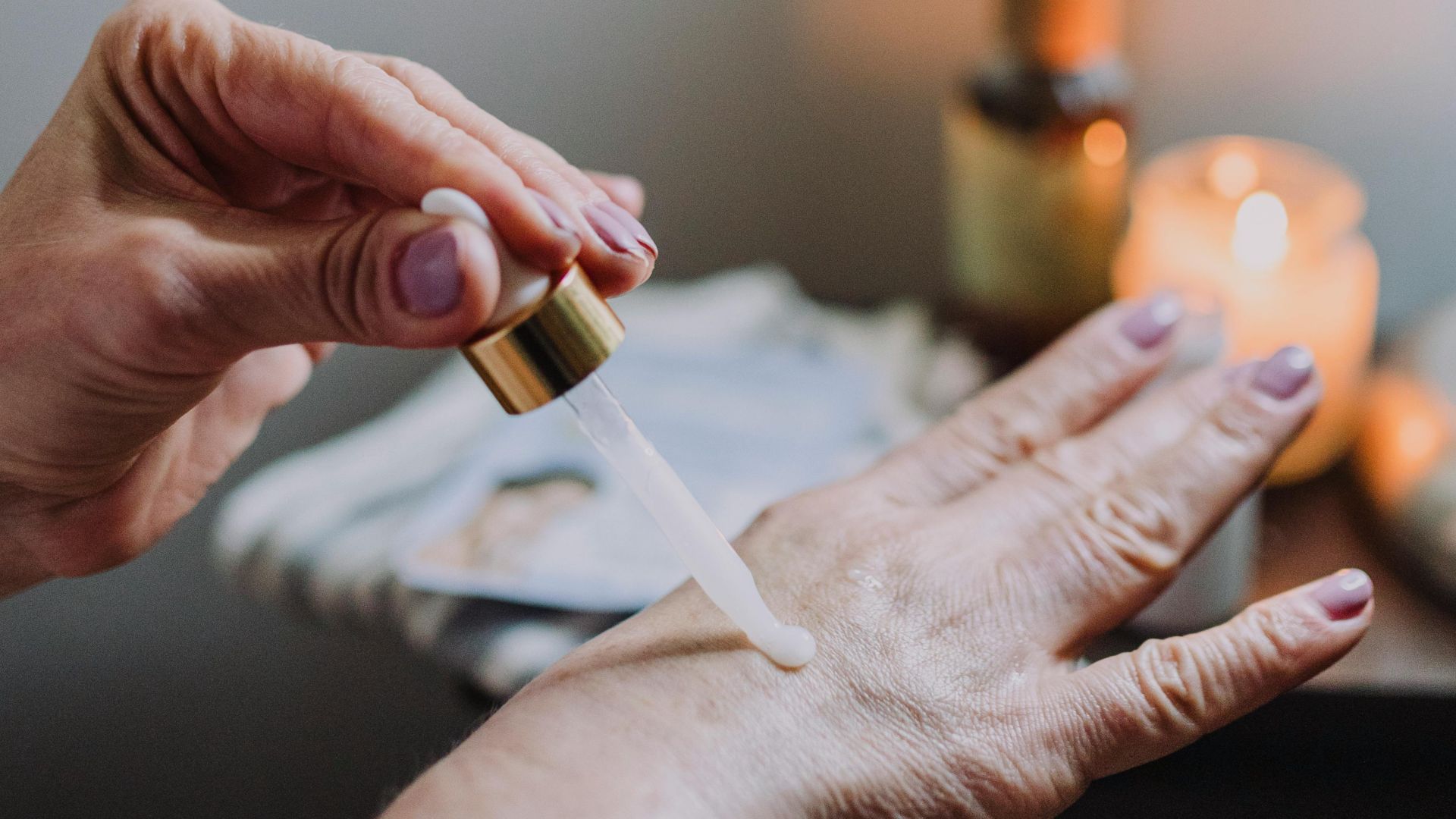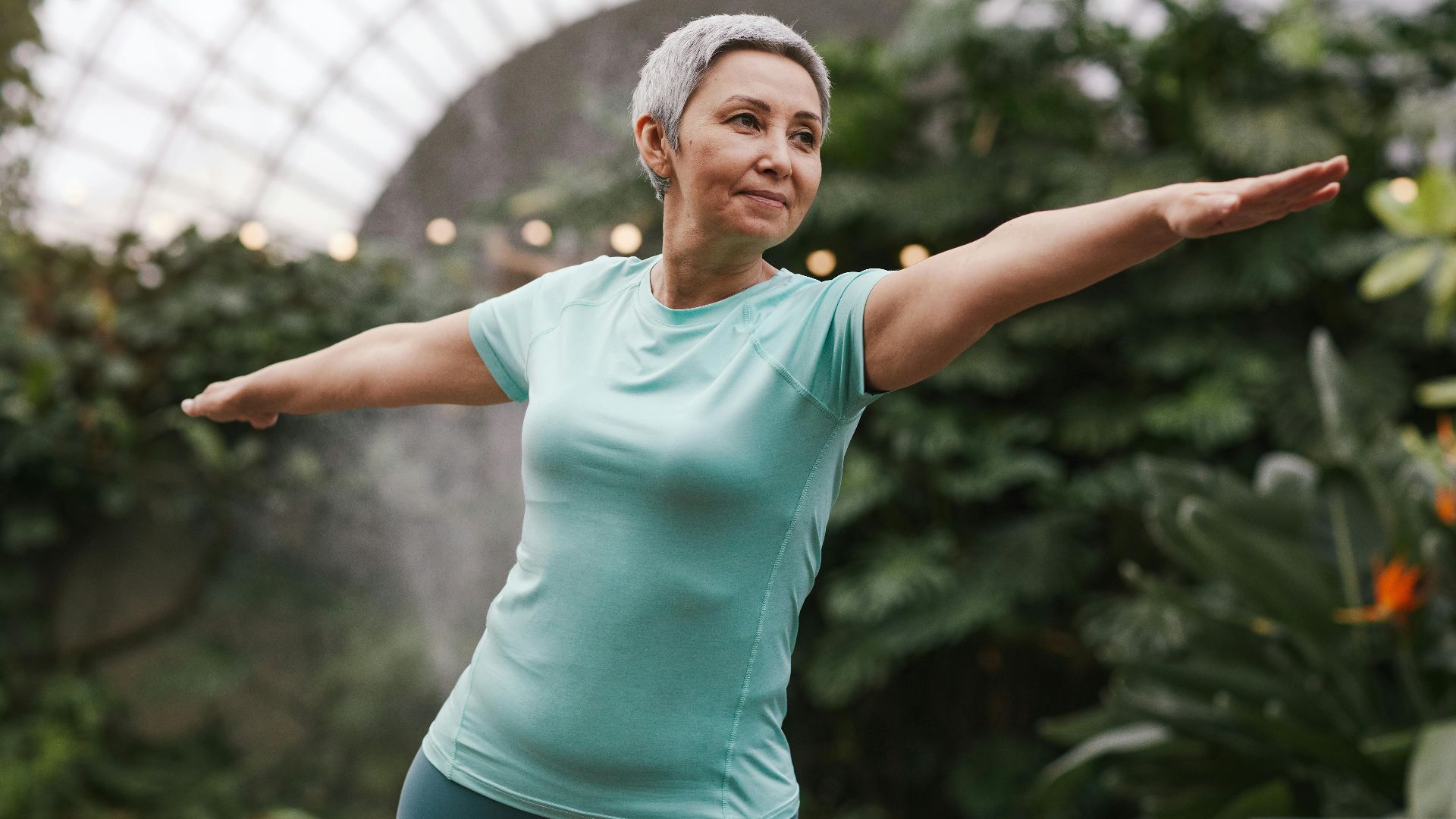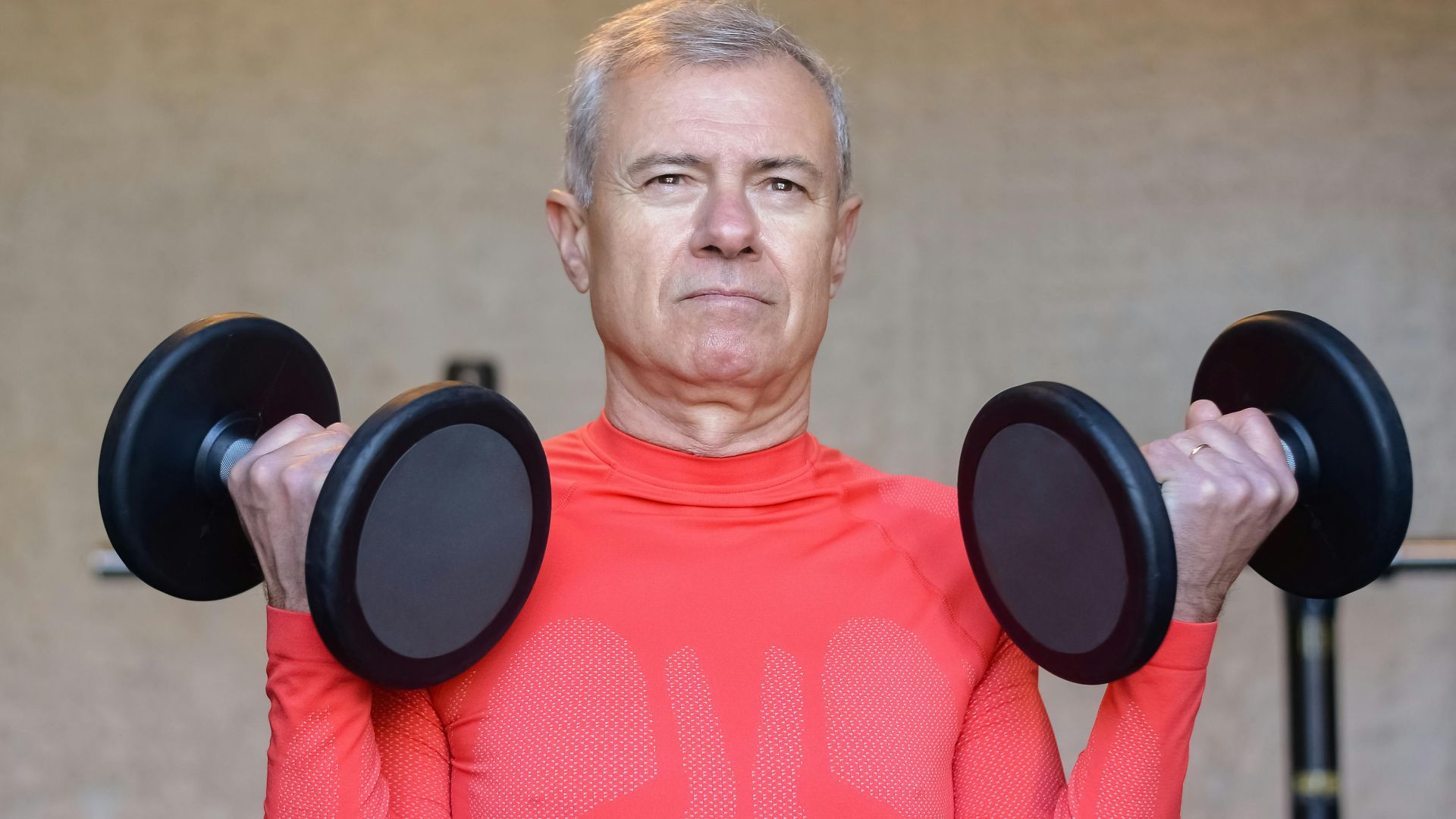10 Parts Of You That Age The Fastest & 10 Anti-Aging Techniques To Keep You Young
Where Time Hits Hard
Sometimes, it’s your reflection. Sometimes, it’s the way things feel. Whatever it is, the first signs of aging rarely shout. But once you hear them, it's ultimately on you to respond. Knowing where to look is key. But what should you do about it? Well, that’s what we’ll tackle as soon as we tell where to look first.
1. Eyes
The skin around the eyes is thinner than almost any other body area. Collagen loss and decreased oil production make it more vulnerable to puffiness and wrinkles. Patients often notice crow’s feet before anything else. Why? Because squinting and smiling work that skin constantly.
2. Neck
Most people forget the neck until the lines set in. This area has fewer oil glands and less natural moisture than the face. That means faster sagging, especially with all the downward glancing at phones. Early tech habits are aging in this area faster than ever.
3. Hands
Daily exposure and minimal care make the hands prime targets for early aging. Ultraviolet rays penetrate easily, degrading collagen and darkening skin tone. As fat pads shrink, bones and veins become more defined. Unlike the face, hands rarely get sunscreen or gloves.
4. Forehead
The forehead has front-row exposure to expressions and environmental stress. Repeated muscle contraction from raising eyebrows creates dynamic wrinkles early in life. By the late 30s, those lines often become static. The frontal muscle structure contributes, and even slight collagen loss shows quickly in this region.
5. Joints
Cartilage doesn’t regenerate as quickly after 40, and that matters more than most realize. The shoulder and knee joints are constantly engaged, and they begin to stiffen and grind. It’s not sudden but gradual, with creaks and clicks. For long-term independence, joint care should start before the pain ever does.
6. Lips
Lips lose volume with age due to collagen reduction and hyaluronic acid depletion. But the process starts in the late 20s. Vertical lines form above the upper lip from repeated muscle use and thinning skin. Sun exposure accelerates this, especially since lips lack melanin and natural sun protection.
7. Hair
Hair follicles undergo a gradual shrinkage process called follicular miniaturization. As melanocyte activity drops, pigment disappears and leads to gray hair. By age 50, half the population shows 50% graying. Hormonal shifts also impact thickness and texture, particularly when estrogen-linked hair retention sharply declines in women.
8. Chest
Often overlooked, the chest is just as exposed as the face but gets less protection. The skin here is thinner and especially prone to photoaging: sunspots, fine lines, and loss of firmness. Sleeping positions also create compression lines. Preventive care for this region is often delayed.
9. Teeth
Enamel erosion is gradual, but constant exposure to acidic foods and poor hygiene speeds up aging. Gums recede with time, making teeth appear longer. Dentin darkens underneath thinning enamel, which explains the yellowed tone often seen with age. Routine dental care can slow this progression.
10. Feet
Weight-bearing and friction gradually thin the skin on the soles. Heel fat pads flatten, reducing shock absorption. This makes walking more uncomfortable and can affect posture. Toenail growth slows, and circulation decreases, especially in diabetics. Foot health becomes increasingly important with every passing decade.
Now that you know where age shows up first, what works to keep things running smoother and longer? Let’s break down the strategies worth putting into practice.
1. Use Daily Sunscreen
Ultraviolet radiation is the single greatest external contributor to skin aging. Sunscreen slows the breakdown of collagen and elastin. Broad-spectrum SPF 30 or higher can delay visible skin aging by years. Consistency matters more than strength, and skipping cloudy days cancels long-term protection.
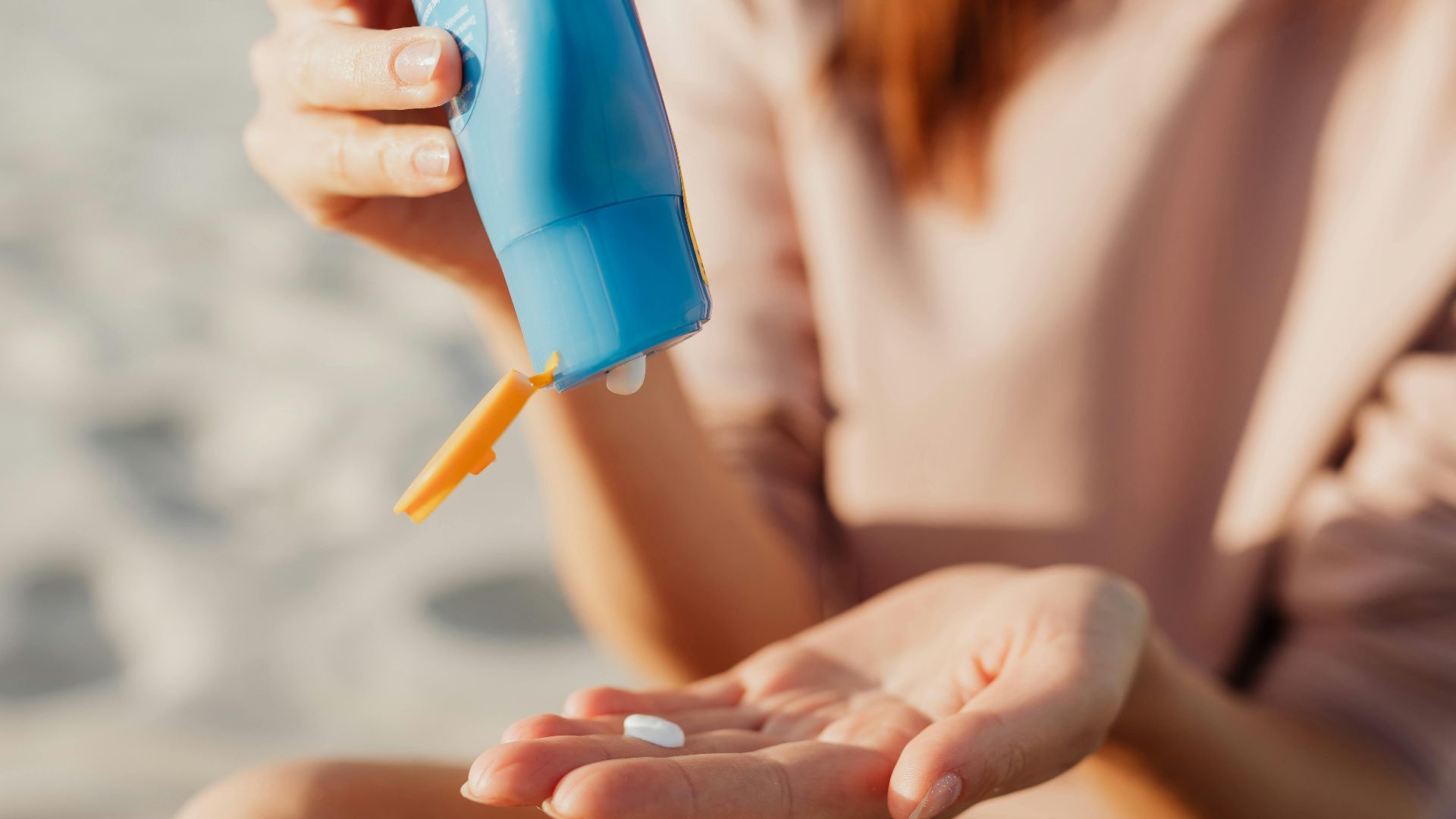 Photo By: Kaboompics.com on Pexels
Photo By: Kaboompics.com on Pexels
2. Hydrate And Moisturize
Hydration affects cellular repair and barrier function. Internally, water supports organ systems that influence skin clarity and tone. Externally, a good moisturizer reduces transepidermal water loss and shields the skin from irritants. Dehydrated skin is the cause of fine lines and dullness.
3. Apply Retinol Creams
Retinoids remain the gold standard in anti-aging dermatology. Derived from Vitamin A, retinol stimulates cell turnover and boosts collagen production. Clinical trials consistently show smoother texture and improved pigmentation over months of use. Start slowly to minimize irritation. Patience and care are essential here.
4. Eat Antioxidant-Rich Foods
Too much stress inside your body speeds up aging. Antioxidants help stop the damage by fighting off harmful molecules. Diets high in berries, leafy greens, nuts, and colorful vegetables consistently show lower biological aging markers. Nutrition is about protecting every cell from the inside out.
 Photo By: Kaboompics.com on Pexels
Photo By: Kaboompics.com on Pexels
5. Protect Your Sleep Cycle
Deep sleep is when growth hormone peaks, which is essential for muscle maintenance and skin regeneration. Prioritizing seven to nine hours of sleep is a non-negotiable foundation of longevity. Otherwise, sleep cycle disruption can throw off your hormone balance and inflame tissues.
6. Exercise With Consistency
Physical activity supports more than weight control. Regular aerobic and resistance training improves mitochondrial function and reduces systemic inflammation. Exercise slows telomere shortening (a biological aging marker). Even moderate movement protects cognitive health and immune function. Consistency matters more than intensity for long-term anti-aging impact.
7. Build Muscle Mass
Aging is also deeply tied to structural integrity. Muscle loss accelerates after age 30, often unnoticed until mobility declines. Resistance training stimulates muscle protein synthesis and supports bone density. When you maintain muscle mass, it protects your metabolic health and joint support. It also reduces fall risk in older adults.
8. Reduce Chronic Stress
Cortisol (the body’s main stress hormone) accelerates aging when constantly elevated. It impairs sleep, weakens immunity, disrupts digestion, and thins skin over time. Chronic stress also shrinks brain structures like the hippocampus. So, mental health practices become the biological tools that protect long-term health and appearance.
9. Practice Intermittent Fasting
Intermittent fasting gives cells that window to trigger autophagy and improve metabolic function. Improved blood sugar control is related to slower biological aging. While skipping breakfast won’t roll back time, routine fasting helps maintain cellular health and reduce inflammation markers.
10. Wear Sunglasses Often
Eye care is part of facial aging prevention, even if it is often underestimated. Ultraviolet light damages the eyes and delicate surrounding tissue. Use sunglasses with UV protection to reduce squint-induced wrinkles and prevent cataracts and retinal degradation. Optometrists recommend wraparound styles for better coverage.
KEEP ON READING



